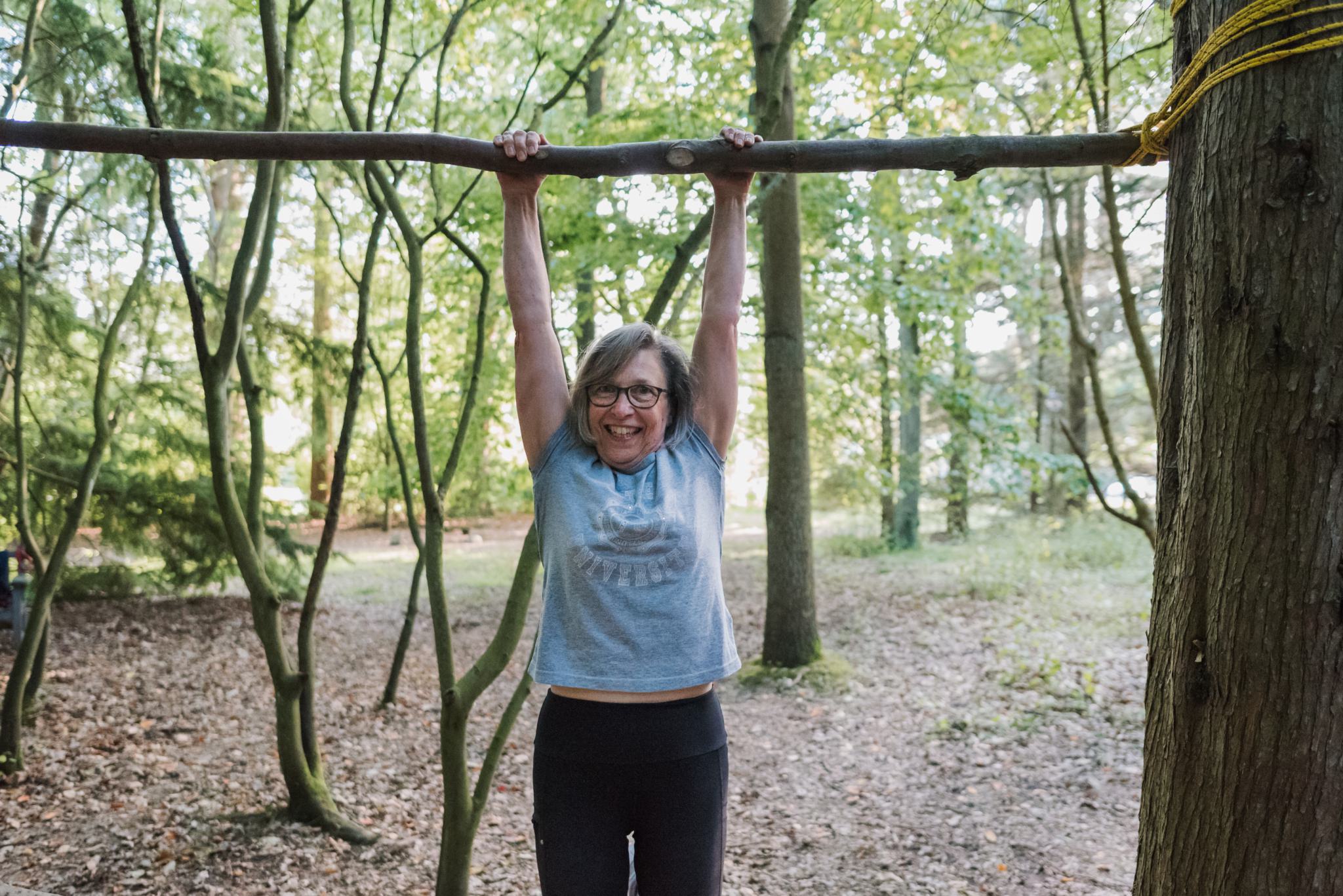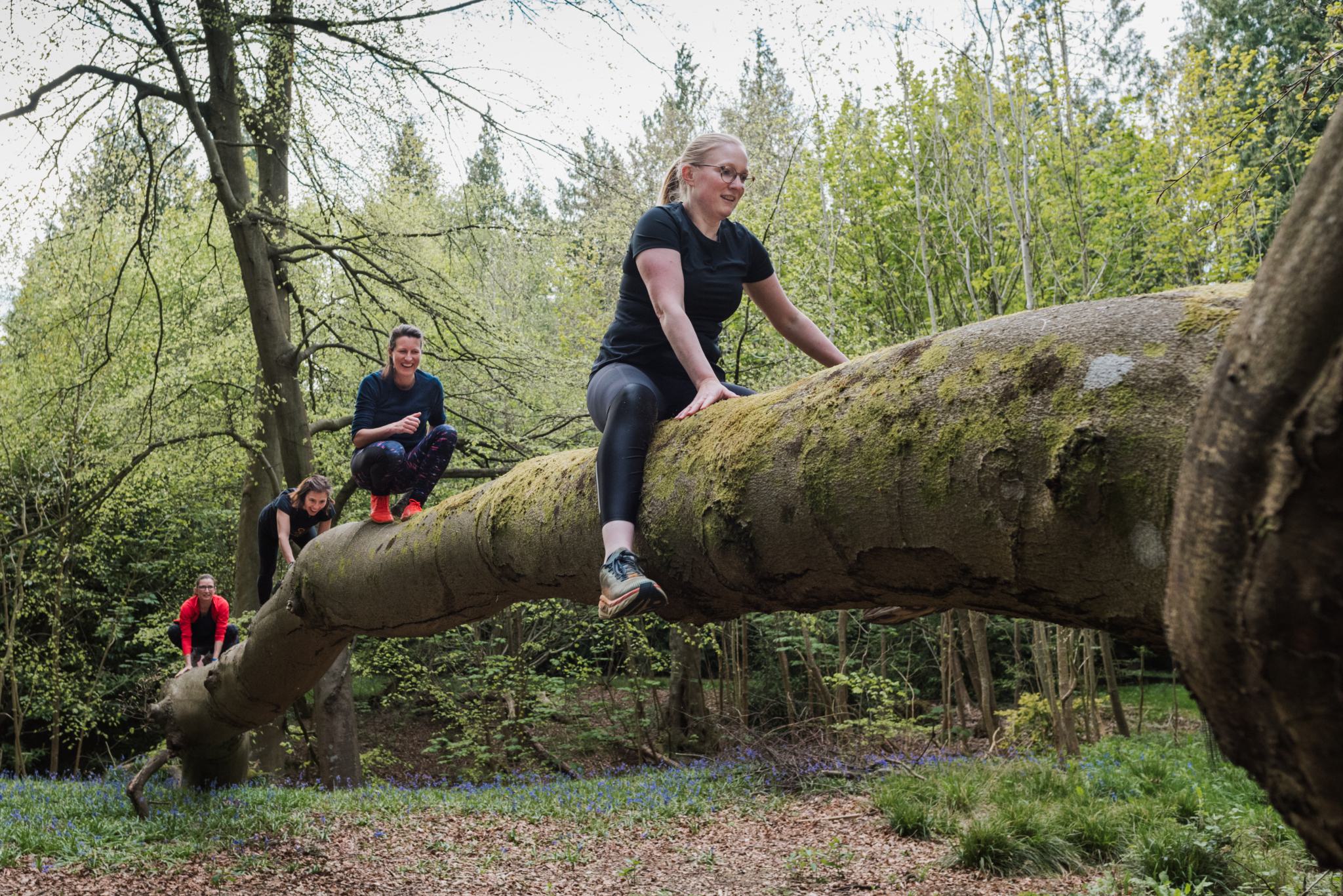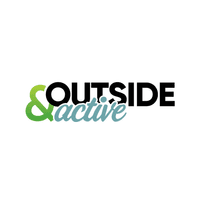1 March, 2024
For much of history, we needed to be physically active every day in order to hunt or gather food — or to avoid becoming food ourselves. We had active lifestyles, but without any kind of formal exercise.

The idea of “doing exercise" - movement for movement's sake - is contrived and a relatively new phenomenon. So if you find it hard to stick to, or the idea of going to a gym unnerving, don’t worry.
There is a central tenet of our current understanding of exercise that has never resonated with me - the desire for the extreme. Whether it’s in the narrative around self-motivation or the need to keep pushing on and physically achieving more - it never spoke to me and so I opted out.
Exercise is so often couched in the language of self-punishment. The phrase "falling off the wagon" - that originates from the US prohibition era where it referred to abstaining from alcohol - is used to guilt-trip us into joining the latest fitness trend. Which presupposes that motivation alone is only the barrier between us and a fitter selves; that we've slipped into a state of inertia, akin to addiction.
And since exercise is something that we must do, we’ve also fostered the idea that physical achievement comes through longer, more extreme bouts of exercise. We achieve more by doing more - by climbing that mountain faster, running further by moving faster and heavier in a workout.
Don’t get me wrong, I enjoy a challenge but when it comes to formalised exercise my goal is to move more and move better so I can keep moving and keep joining in. It’s taken me until my 40s to realise that there are a lot of others like me.
For us, it's not lack of motivation that keeps us from moving; it's the realities of our lives. Juggling a full-time job or tending to a young family is complicated, messy and exhausting.
For us, if we're going to move more, it has to be more than about the exercise.
In my 20’s I ran a lot and did some yoga but my knees complained so I had to stop. In my 30’s I had children so I was either pregnant and feeling sick or clutching a coffee cup dreaming of more sleep. I have always loved the outdoors, so in my 40s with my children requiring less hand-holding, I see my time outdoors as my route to incorporate more movement and combine that with other elements that I love so that I keep doing it, day after day.
Research shows that we're more likely to stick to physical activity if it's enjoyable, social, allows us to feel part of something bigger than ourselves, and to feel like we are improving. We also know that for our collective mental and physical health we all need to spend more time outside, connecting with nature and our local communities.

If you’re someone who enjoys being outdoors and wants to get stronger but doesn’t like the idea the signing up to a physical challenge (gym or otherwise), here are a few ideas that we use to help our members build more sustainable habits with movement:
Seek out novel positions: The ways in which we use our bodies, the different positions we put our bodies into and the frequency with which we change those positions, materially affects our long-term ability to have a body that is capable of joining in what life has to throw at us.
Take time to become aware of the positions you use all day long, notice when you’ve been stuck in one for too long & add in movement breaks. Our joints and muscles are capable of moving in so many ways, let's keep them being able to do that. Long term, this will make a huge difference to the way our bodies feel and the activities we can say yes to in our lives (whether that’s picking up your grandchildren or going kayaking)
Create opportunities for varied movement everywhere you go: Instead of viewing movement as a separate task, seek ways to integrate it into your daily life. Take 10-minute walks during breaks, stand while working, or opt for walking meetings. Choose routes with obstacles, move backwards, sideways, play with different ways to move from A to B, opt for more uneven paths. By aligning movement with your routine, it becomes a part of your day.
Join a group - be a part of something bigger than yourself: Research highlights the importance of social connections for our mental health. Find a group activity that resonates with you – whether it's walking, cycling, or rowing. Regular and meaningful social interactions can transform “exercise” from a chore to a shared experience.
Find ways that take you outside to experience the changes in the seasons - we all know we benefit from spending time outdoors on a regular basis. Can you find a group, local to you, that allows you to comfortably spend time outdoors, through all the seasons? By spending time in the same place, throughout the seasons, we can help create a shared sense of belonging and pride in our local communities.
Do something you love - find the joy: Find something you really enjoy. It could be walking with friends or dancing ceilidhs on top of a hill - it really doesn’t matter. If it gets you outside a couple of times a week and you genuinely look forward to it, stick with that.
Challenge yourself with new skills. Why are we doing “exercise” in the first place? Yes, it’s enjoyable, it gets us outside and socialising but ultimately we’re doing it so that we are fit enough to keep joining in in all the things that life throws at us.
So when you’re doing your chosen “thing” keep thinking - how could I mix this up next time? Perhaps there's a tough walking route or a dance move that initially seems impossible. These challenges create a sense of accomplishment and allow more activities to become available to you. Within the WildStrong context, this could be learning how to vault or fall confidently.
Movement needs complement our lives and help keep more options open to us as we age.
So, if you’ve never been an exerciser, here’s your permission to accept that and just be a mover.
Gill Erskine is Co-Founder of WildStrong.
We bring people outside to play and move more.
www.wildstorng.co Ig: @wearewildstrong

Outside & Active is the home for those who love the outdoors. Our mission is to inspire, inform and educate people about being active outdoors in a fun, safe and sustainable way. We provide inspiration, kit, tech and advice on adventure, camping, climbing, cycling, hiking, running water and winter.
Most recent articles by Outside & Active

Brooks supports trail runners to defy limits and empower their trail runs with the new Cascadia 18. The adaptable Cascadia combines DNA Loft v2 cushioning with TrailTack Green grip and a durable upper mesh to handle all terrains, providing necessary comfort and underfoot security on each surface.

Connectivity makes eBiking more customised, convenient and secure.

Various app solutions, interfaces and services as the next step for the eBike experience of tomorrow
Most recent articles in RUNNING

Why is diet such a contentious topic in ultrarunning and why do I call it a myth? These are the topics that I will discuss in this article.

In my last piece for Outside & Active, I talked about what I believed the worst mistake a runner could make is.

Brooks supports trail runners to defy limits and empower their trail runs with the new Cascadia 18. The adaptable Cascadia combines DNA Loft v2 cushioning with TrailTack Green grip and a durable upper mesh to handle all terrains, providing necessary comfort and underfoot security on each surface.